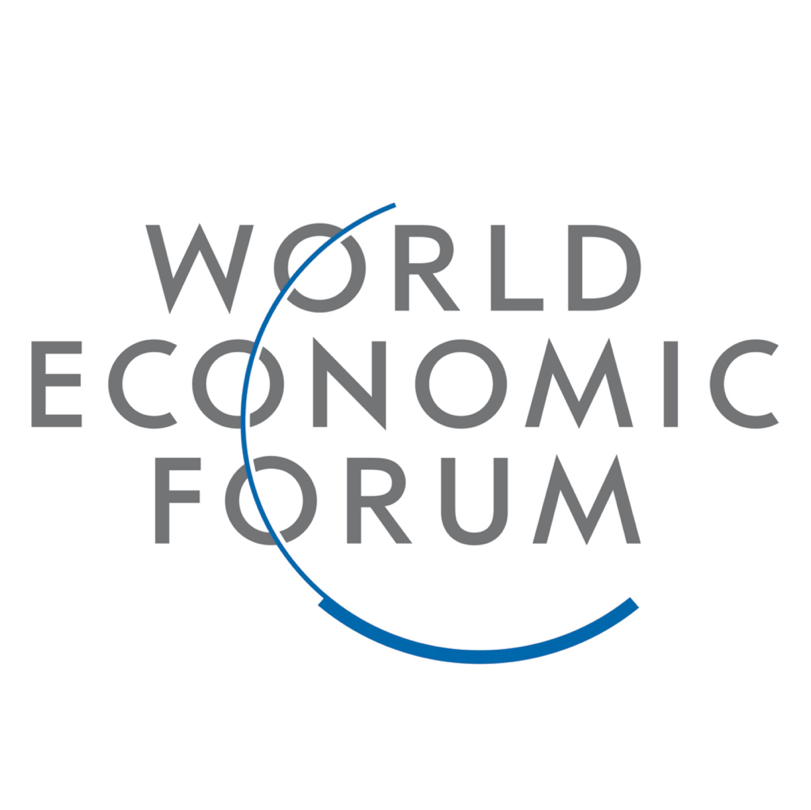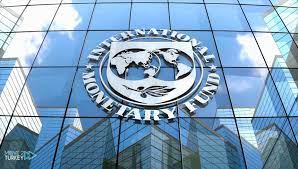The World Economic Outlook (WEF) has released Chief Risk Officers report, which has warned countries against cyber risk heightened by geopolitical tensions and conflicts.
In a report, the risk officers said that in total, 71 per cent of respondents expect cyber risk and criminal activity to severely impact organizations for the remainder of 2024.
This risk has increased markedly from 14 percent of respondents citing the concern in mid-2023. Cyber risk is a growing concern that is not unique to the chief risk officer community, as outlined in the International Monetary Fund’s (IMF) Global Financial Stability Report.
The report states that “cyberattacks have more than doubled since the pandemic, with the size of losses from cyber incidents having more than quadrupled since 2017 to $2.5 billion”.
This as contained in the mid-year briefing on the global risks landscape is underpinned by consultations and surveys with leading chief risk officers from both the public and private sectors, organized by the Global Risks Initiative within the World Economic Forum’s Centre for the New Economy and Society.
It aims to provide a real-time view of critical global risks and best practice approaches to risk reduction, to support policy-makers and business leaders facing compounding shocks to economies and societies.
There are, however, signs that chief risk officers are more optimistic in other areas. For example, organizational risk associated with technological developments has declined in severity since 2023.
“While 38 per cent of chief risk officers deemed technological developments to be an issue of widespread concern in 2023, 24 per cent of respondents anticipated stability in this area for the remainder of the year. As such, the category had the highest proportion of respondents expecting stability,” the report said.
Regionally, chief risk officers’ views appear to be most heavily shaped by the unfolding conflict in the Middle East. The majority of chief risk officers (84 per cent) anticipate high volatility in the Middle East and North Africa for the remainder of 2024. Additionally, 40 per cent expect high volatility in Europe, while another 40 per cent expect it in the US.
“The external risks that were identified as most likely to severely impact their organizations in the next six months were macroeconomic indicators (76 per cent of respondents), cyber risk and criminal activity (71 per cent) and regulatory changes (67 per cent). While progress has been made since 2023, with some indications of more optimism from chief risk officers, macroeconomic risks remain a short term concern. Also, in a notable shift since last year, the percentage of chief risk officers deeming elections and political regime change to be a risk of concern for the remainder of 2024 increased by seven percentage points to 43 per cent,” the report said.
The uncertain impact of elections, in particular the November 5 US presidential election, is contributing to economic policy uncertainty, which in turn may be leading to investor and consumer caution, amplifying recessionary forces.
Overall, chief risk officers agreed that the role of a risk function is beneficial for organizations, with 95per cent of respondents stating that an effective risk function provides a competitive organizational edge. The survey results, however, reflect the challenge organizations face in fueling growth while mitigating the impact of external risks.
Most innovation and growth strategies being explored are focused on a short-term rather than a longer-term (one year) perspective. This is particularly true for new partnerships or alliances, with 81 per cent of respondents focused on innovation and growth today compared with only 24 per cent on a one-year basis.
It said the extent to which the chief risk officers’ risk function informs strategic decision making is varied, calling into question whether existing approaches to risk management are sufficient when navigating the current global risk landscape.
“More work may be required within some organizations to boost the impact of the risk management function (enabling it to play a greater role in shaping strategy), alongside careful attention to risk exposures,” the report said.





